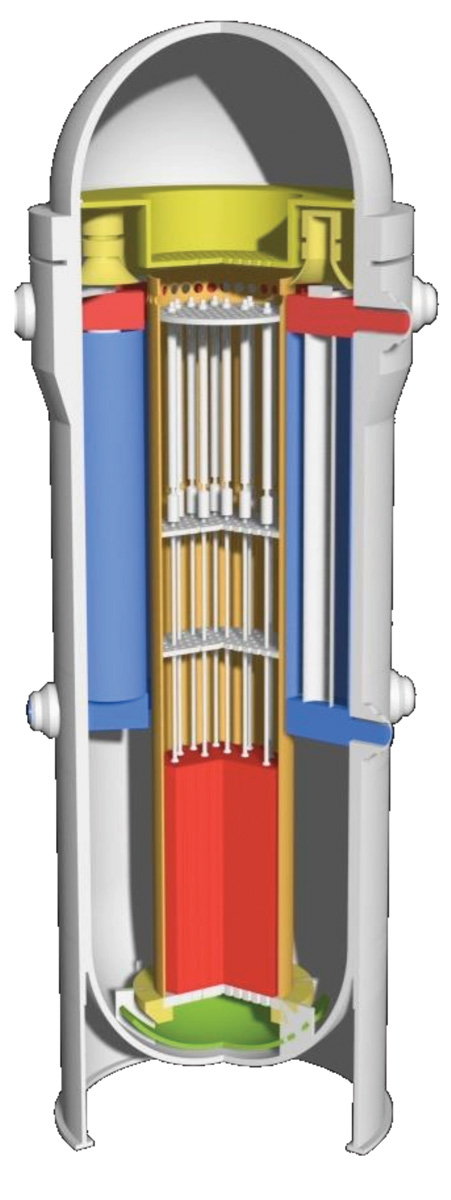The Watts Bar Nuclear Power Plant is located between Chattanooga and Knoxville, Tennessee. There is one operating one thousand one hundred megawatt Westinghouse pressurized water reactor at the plant. Two reactors were originally commissioned and construction began in 1973. The Unit One reactor was completed in 1996 after twenty three years and eight billion dollars. Work on the one thousand one hundred megawatt Unit Two was halted in 1988 when eighty percent of the work had been done. The official reason given for halting the work was that the demand for electricity in the region had gone down. Work resumed in 2007 and it was estimated that the reactor should be able to start operating in 2015 with a total cost of two billion five hundred million dollars. In 2012, the project was behind schedule and the estimate had risen to over four billion dollars. The plant is own and operated by the Tennessee Valley Authority.
The population in the NRC plume exposure pathway zone with a radius of ten miles around the plant contains about twenty eighteen thousand five hundred people. The NRC ingestion pathway zone with a radius of fifty miles around the plant contains about four hundred and sixty five thousand people. The NRC estimates that there is a moderate risk of an earthquake that could damage the plant.
In 2011, the NRC identified problems with the process that the TVA had implemented to catalog, inspect and test components to insure that they complied with the NRC safety standards. A new NRC report just issued expressed increased concern about TVA lapses in guaranteeing the safety of over six thousand parts that were processed by the TVA from 1995 to 2011. Some of these questionable components were used to construct the new Unit Two reactor. Other components have been shipped to other reactors owned and operated by the TVA. The TVA claims that the components in question will not threaten the safety of the new Unit Two reactor and other TVA reactors. They say that the issue is just one of documentation and that the components are safe.
In the past, companies constructing nuclear reactors ordered parts from manufacturers who had been certified by the NRC with respect to their inspection and testing of components. As the orders for new nuclear reactors fell off over the past few decades, more and more of these certified manufacturers allowed their certifications to lapse. Currently, the construction of new reactors requires the builders to rely on commercial grade components which are not subject to the same standards that were required by the NRC for the certified manufacturers. The TVA failed to report problems with insuring the reliability of commercial grade parts and did not respond adequately when initially notified of the concerns of the NRC.
Although there has not been a major accident yet at Watts Bar, the issue of substandard components that may have been used in construction of the new Unit Two reactor makes it more probable that there will be breakdowns when it goes into operation. The problem of use of commercial grade components in new U.S. reactors is a very troubling issue that goes far beyond the TVA and Watts Bar. Also, the doubling of the estimated cost for the Unit Two reactor in just a few years suggests that the cost of nuclear reactors will continue to increase sharply making them much less attractive for power generation.

